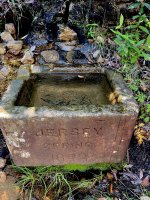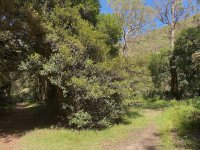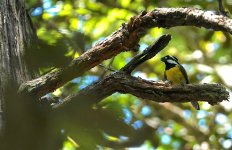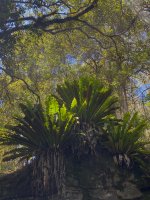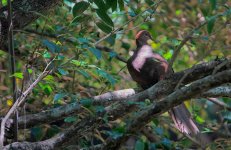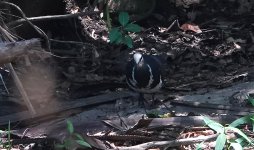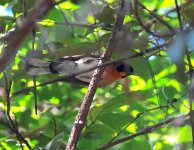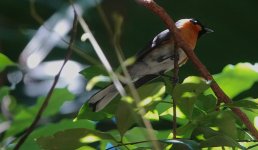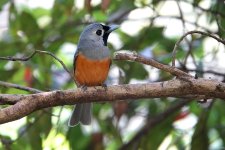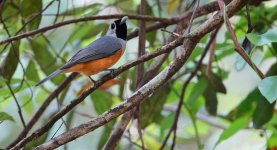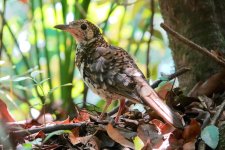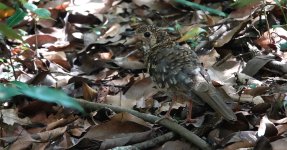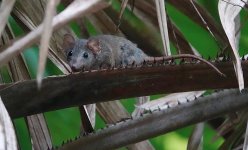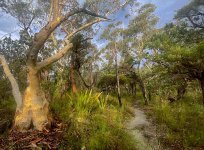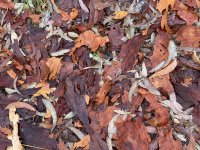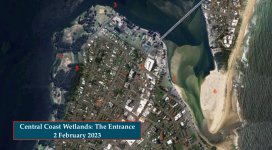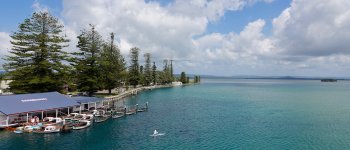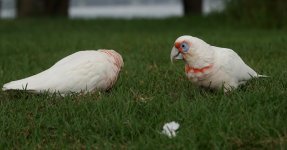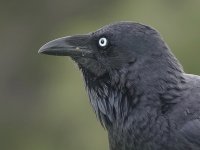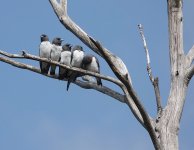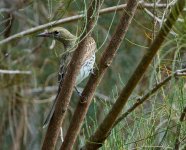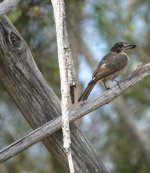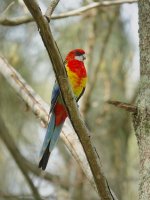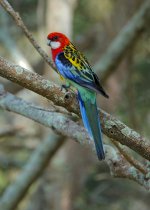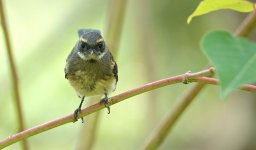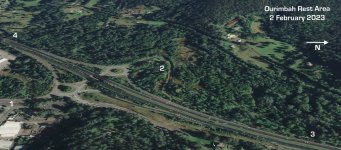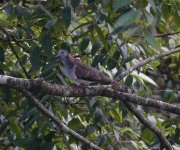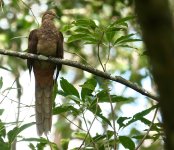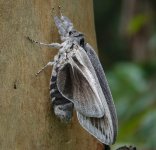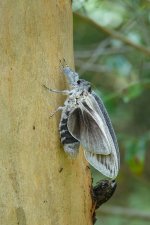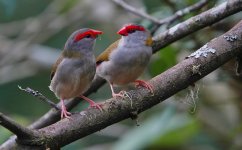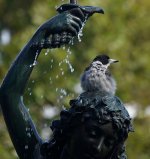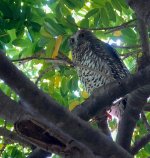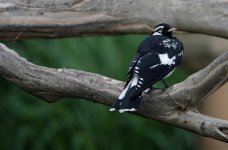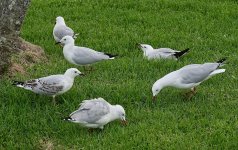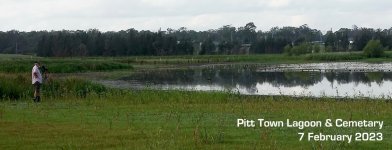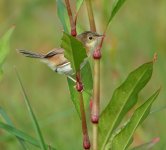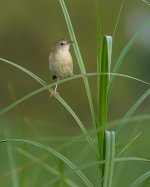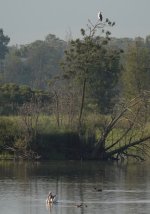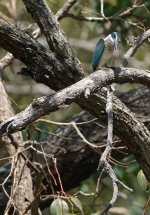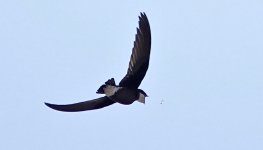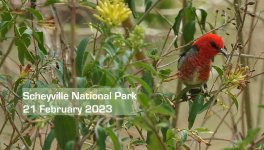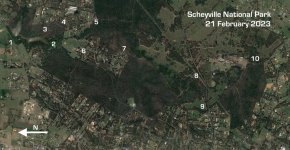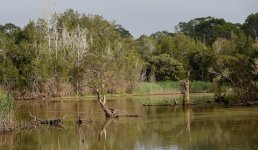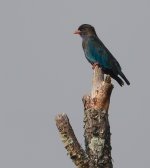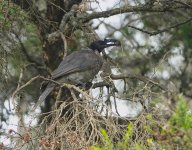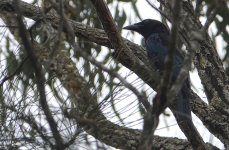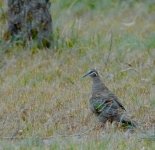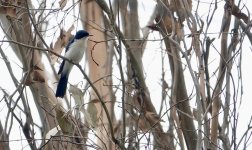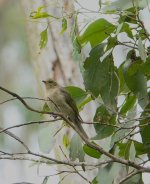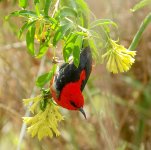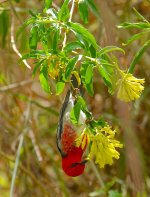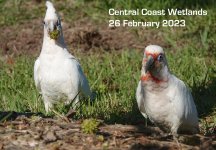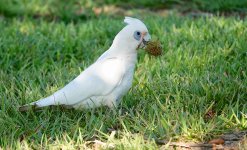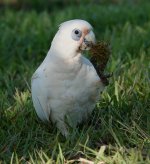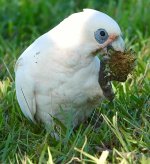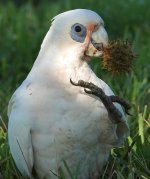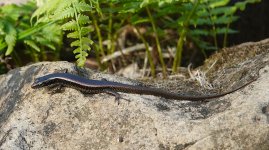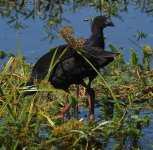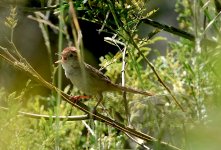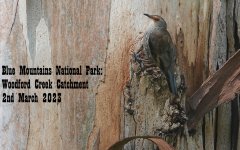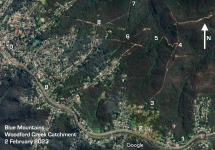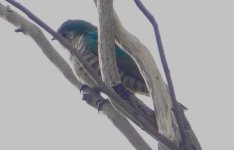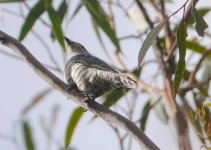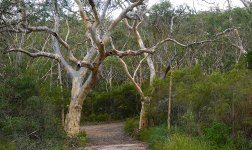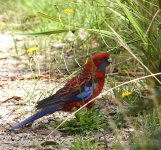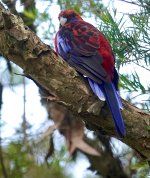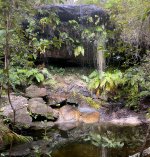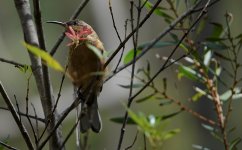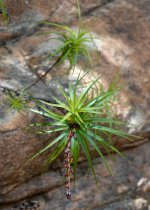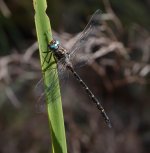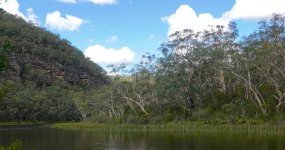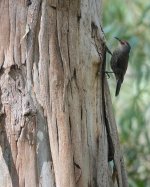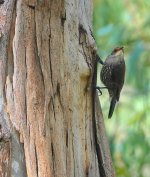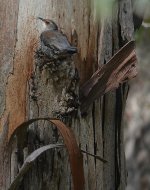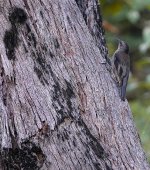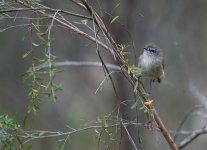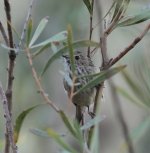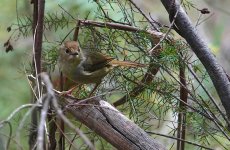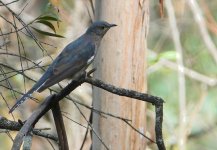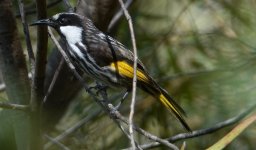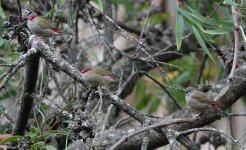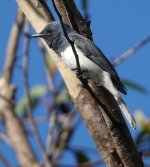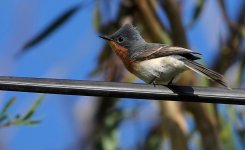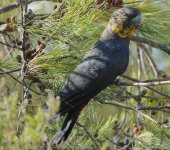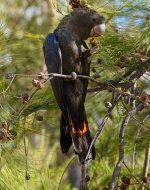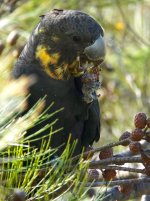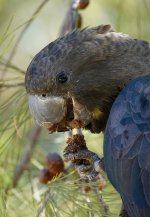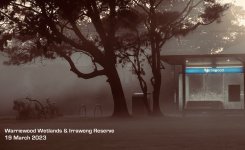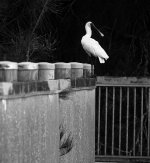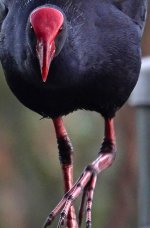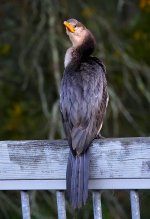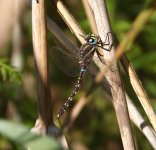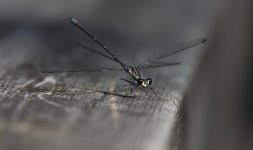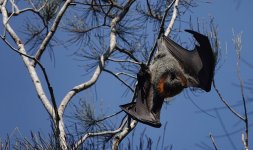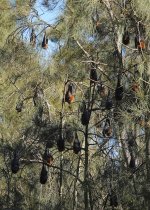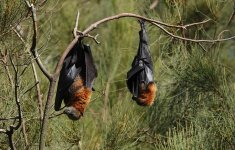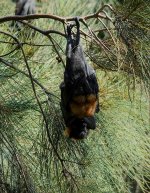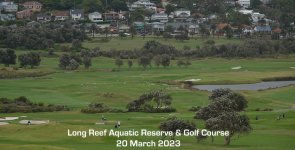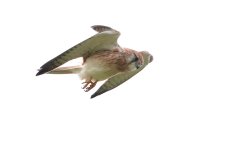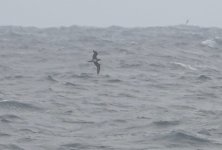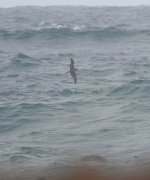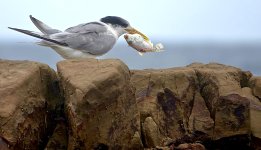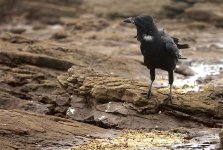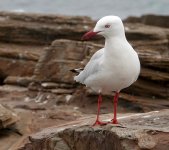MKinHK
Mike Kilburn

Royal National Park: Lady Carrington Drive, Forest Walk and Couranga Track
26 January 2023
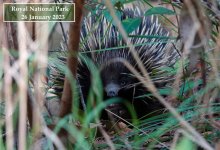
I enjoyed my previous mega trek through Royal National Park so much that I decided to do it again, this time catching an Uber to Audley from Sutherland station (about $20 AUD), walking south along Lady Carrington Drive 1 from 0800, west along the Forest Track 2, from 1600 and then across the Hacking River 3 and upward along the Couranga Track 4 -6 (1700) to Waterfall station 7 just in time to see the 1920 for Sydney depart.
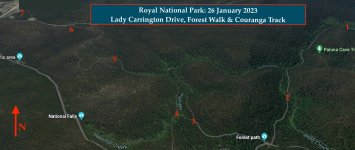
Audley's still waters and tree-fringed lawns have the typical birds of any park with water in Sydney - Maned Ducks, Pacific Black Ducks, Dusky Moorhens, Masked Lapwings, Sulphur-crested Cockatoos, Noisy Miners, and Rainbow Lorikeets plus Little Pied and Little Black Cormorants and, according to one chatty lady, larcenous Laughing Kookaburras that terrorise the picnic tables, although I missed them this time.
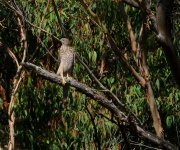
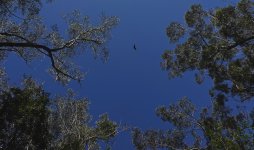
The nine kilometres of Lady Carrington Drive once again delivered some fine riverine forest birding, with early highlights including half a dozen Yellow-tailed Black Cockatoos, a juvenile Brown Goshawk that helpfully showed the longer middle toe and rounded tail that differentiate it from the smaller Collared Sparrowhawk in the long range photo I was able to grab as it perched on a snag across the river. To my delight I found what was very likely the same Short-beaked Echidna along the early section of track that passes through drier habitat a few more metres above the river. I didn't have it for long before it disappeared down the bank, but it did allow me this shot of it pretending to to be a fiercely lurking terror of the bush.
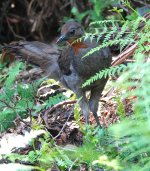
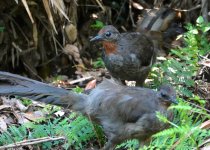
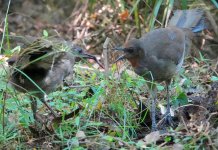
Once again it had to compete for sighting of the day with what must be the same female /juvenile combination of Superb Lyrebirds. They were outrageously approachable - the female emerging from some ferns virtually at my feet and foraging unconcerned within ten metres for the best part of an hour. Once again the female passed numerous food items to the juvenile, but I was only able to capture one exchange of what looks like part of an earthworm. Surprise of the day was the Red-bellied Black Snake which appeared almost under the nose of the juvenile bird before slipping silently away, leaving the juvenile in what is clearly a moment of pure "What the heck!" amazement.
More to come.
Cheers
Mike
26 January 2023

I enjoyed my previous mega trek through Royal National Park so much that I decided to do it again, this time catching an Uber to Audley from Sutherland station (about $20 AUD), walking south along Lady Carrington Drive 1 from 0800, west along the Forest Track 2, from 1600 and then across the Hacking River 3 and upward along the Couranga Track 4 -6 (1700) to Waterfall station 7 just in time to see the 1920 for Sydney depart.

Audley's still waters and tree-fringed lawns have the typical birds of any park with water in Sydney - Maned Ducks, Pacific Black Ducks, Dusky Moorhens, Masked Lapwings, Sulphur-crested Cockatoos, Noisy Miners, and Rainbow Lorikeets plus Little Pied and Little Black Cormorants and, according to one chatty lady, larcenous Laughing Kookaburras that terrorise the picnic tables, although I missed them this time.


The nine kilometres of Lady Carrington Drive once again delivered some fine riverine forest birding, with early highlights including half a dozen Yellow-tailed Black Cockatoos, a juvenile Brown Goshawk that helpfully showed the longer middle toe and rounded tail that differentiate it from the smaller Collared Sparrowhawk in the long range photo I was able to grab as it perched on a snag across the river. To my delight I found what was very likely the same Short-beaked Echidna along the early section of track that passes through drier habitat a few more metres above the river. I didn't have it for long before it disappeared down the bank, but it did allow me this shot of it pretending to to be a fiercely lurking terror of the bush.



Once again it had to compete for sighting of the day with what must be the same female /juvenile combination of Superb Lyrebirds. They were outrageously approachable - the female emerging from some ferns virtually at my feet and foraging unconcerned within ten metres for the best part of an hour. Once again the female passed numerous food items to the juvenile, but I was only able to capture one exchange of what looks like part of an earthworm. Surprise of the day was the Red-bellied Black Snake which appeared almost under the nose of the juvenile bird before slipping silently away, leaving the juvenile in what is clearly a moment of pure "What the heck!" amazement.
Cheers
Mike




